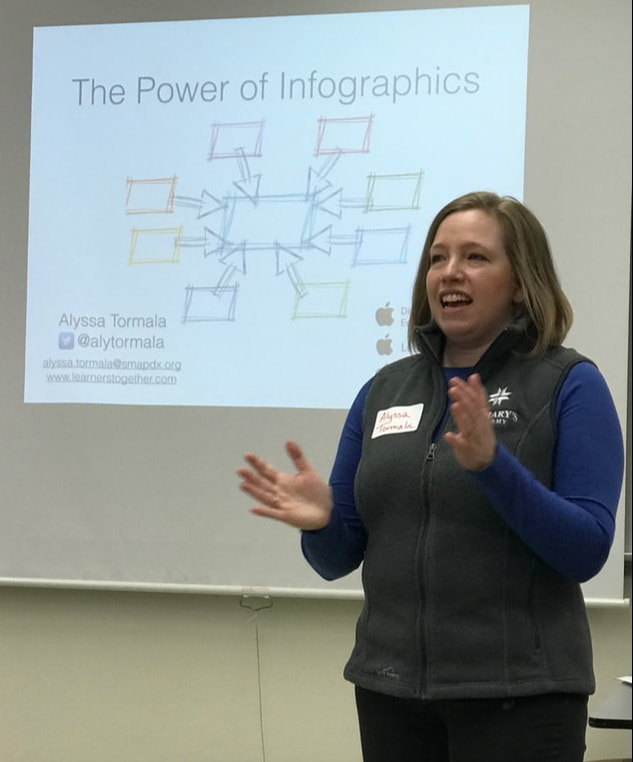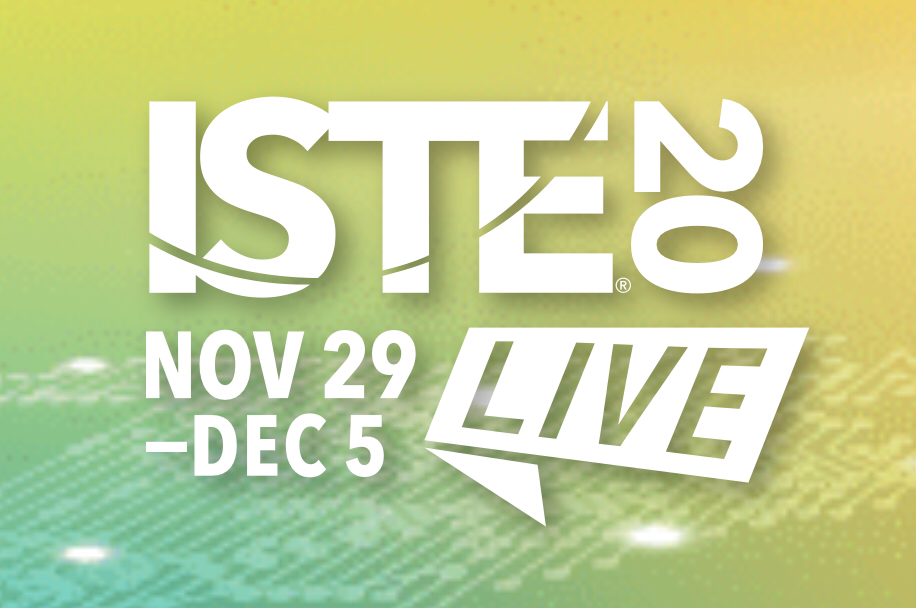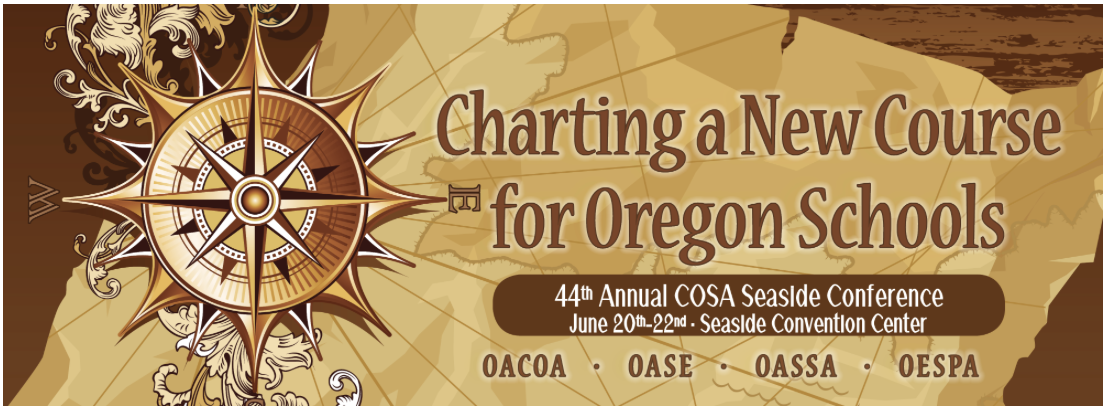|
In January 2017, my school implemented a Digital Learning Day protocol during a three-day closure due to an unusual snow and ice storm. It was an act of quick thinking combined with a dollop of desperation and a dash of hope.
Overall, the protocol was even more successful than we could have hoped. Students and teachers used digital tools in smart, effective ways to continue the momentum of learning and review. But as snow day after snow day passed and finals week quickly approached, some students who were unhappy with grades or policies resorted to sending grouchy emails to faculty and administrators and posting snarky messages on class Schoology pages. While only a small group of students engaged in this behavior, it sparked questions from faculty directed my way. "Who teaches email etiquette? Isn't that something students are supposed to learn in Digital Literacy?" I was a bit taken aback, and then it got me thinking. Even though every faculty member in my school would agree that digital responsibility is an important skill for 21st century learners, not all of them actively think to incorporate the idea into their curriculum. Why? The answer is simple. The term "digital responsibility" has become a catch phrase that many educators assume belongs only in a technology class. This is not surprising--most current educators did not grow up using technology or communicating online like our current students do. It often does not occur to them that digital etiquette and behavior could belong in a humanities or math or science class. And those educators who already feel uncomfortable with technology worry about looking incompetent in front of students. But the reality is that online communication is an integral part of life for our young people. In 2015, PEW reported that nearly 75 percent of teens owned or had access to smartphones and 92 percent went online daily, especially to use texting and social media services. Those numbers have likely increased since then. And it's not just young people anymore--according to a January 12 PEW report, 77 percent of American adults own a smartphone, which is more than double than in 2011, and 69 percent of American adults use social media. The new norms of written communication are much shorter and less formal, and often less cognizant of audience reaction. So does that mean we should just give up and accept those short snarky emails from students? Absolutely not. Quite the opposite, in fact. Students need us to set expectations for good communication and smart online choices, just as we set expectations for good communication and social behavior in our classrooms. This can be as simple as having a frank class conversation at the beginning of a term about concrete strategies for good communication, such as: --Beginning an email or post with polite address: "Dear Ms. Tormala" or "Hi friends!" or "Hello classmates." --Asking polite questions rather than making demands. --Using "please" and "thank you." --Ending an email with "sincerely" or "warmly", etc. Teachers can take this even further by having more in-depth conversations with students about audience, purpose, and tone--concepts that apply to every form of communication--and offering real examples and comparisons. And when a student inevitably makes a mistake, we can seize that meaningful opportunity to help her learn. If every teacher and administrator in a school consistently applied this strategy, I'm almost certain we would see immediate, noticeable improvement in student communication overall. After all, as George Couros so succinctly puts it, it's up to us to help our students be digital leaders.
3 Comments
Antoinette Theresa Kennedy
3/1/2017 04:06:26 pm
We used to talk about "writing across the curriculum" and reading across the curriculum. We even had workshops encouraging teachers with materials and resources. Now, in the digital age, it is email etiquette across the curriculum. Very helpful info, Thanks, Alyssa.
Reply
9/16/2017 08:18:43 am
Etiquette should be an essential part of all literacy, digital or not.
Reply
Ben S.
12/5/2019 11:37:45 am
I think these conversations are interesting to have because they demonstrate a curious tension between digital natives and digital immigrants. The former are more inclined to view the internet at large as lived space; the latter are more inclined to compartmentalize the internet as a series of tools. Interestingly, while we understand “digital literacy” -- guided by digital natives -- as a fluid concept, we understand “digital etiquette” as very static. The email mores lampooned by any given 1997 “Dilbert” strip still hold today. My question, then: can young people still truly be considered “digital natives” in workspaces where the internet acts more as a tool than as a lived space?
Reply
Leave a Reply. |
Upcoming PresentationsPast
|
 RSS Feed
RSS Feed






